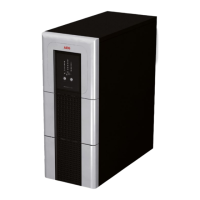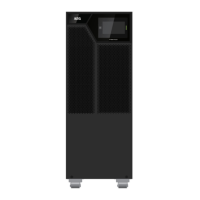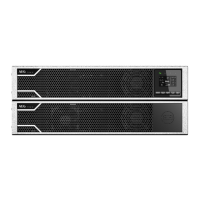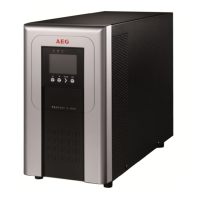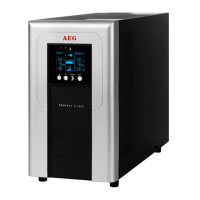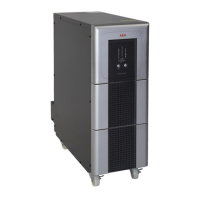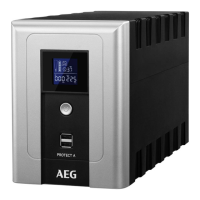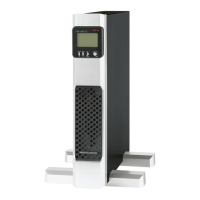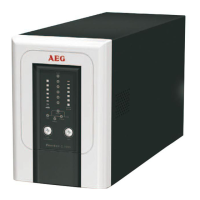What to do if the 'Fault' LED lights up and the warning signal sounds twice per second on my AEG PROTECT 1?
- JJacqueline ShawAug 16, 2025
If the 'Fault' LED is illuminated and the warning signal sounds twice per second, this indicates an overload of the AEG UPS system. To resolve this, immediately reduce the capacity utilization of the UPS by disconnecting some of your loads.
